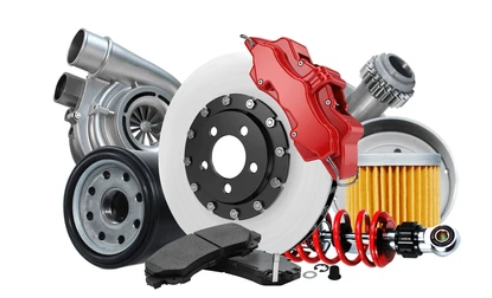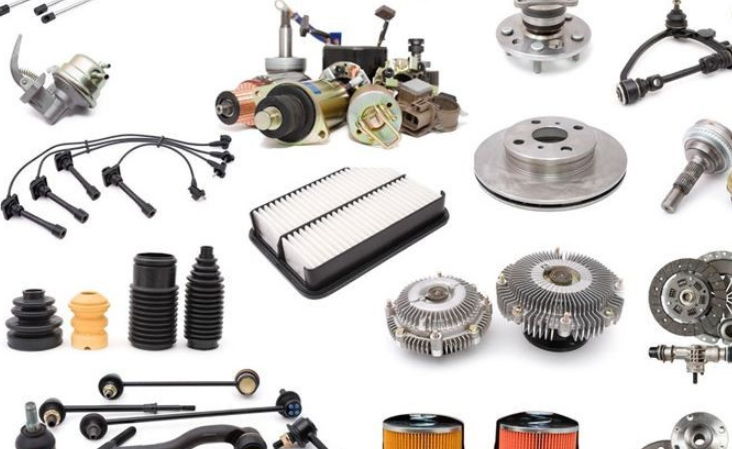The Application of Precision Injection Molding in the Manufacturing of Automotive Parts
I. Core Advantages in Auto Manufacturing
1. High Precision and Dimensional Stability
万彩网100线路Auto parts demand strict tolerance control. Precision injection molding achieves ±0.01mm dimensional accuracy, even ±0.005mm for key components. Take new - energy vehicle battery seals as an example. Silicone seals formed by this process fit complex curves and maintain stable sealing at - 40℃ to 120℃, preventing coolant leakage and ensuring battery safety.

2. Integrated Molding of Complex Structures
3. Diverse Material Applications
II. Typical Application Scenarios
1. Powertrain Components
In new - energy vehicles’ “three - electric” (battery, motor, electronic control) systems, it matters. Motor controller shells use thermally conductive plastic. Optimized mold cooling channels reduce thermal deformation to below 0.1%, enhancing heat dissipation for stable motor operation.

2. Smart Cockpit Components
3. Lightweight Structural Parts
III. Technological Trends and Challenges
1. Intelligent Production Upgrade
Under Industry 4.0, AI quality inspection is introduced. Machine vision detects defects like weld lines, and smart mold temperature control boosts yield to over 99.2%, cutting manual intervention for efficient production.

2. Green Manufacturing Requirements
3. Cross - field Technology Integration
IV. Future Prospects
